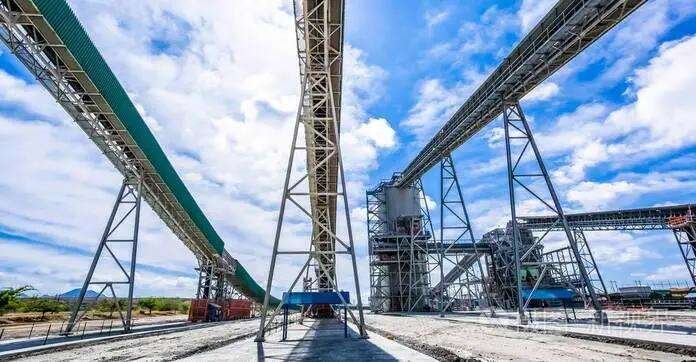There are many reasons for PLC system errors. The following are some common problems and preventive measures.
1. Grounding problem
The grounding requirements of the PLC system are relatively strict. It is best to have an independent dedicated grounding system, and it should also be noted that other equipment related to the PLC should also be reliably grounded.
The PLC system generally uses a one-point grounding method. In order to improve the anti-common mode interference ability, the shielded floating ground technology can be used for analog signals, that is, the shielding layer of the signal cable is grounded at one point, the signal loop is floating, and the insulation resistance with the ground should not be less than 50MΩ.


2. Interference prevention
In addition to grounding measures, some anti-interference measures should be taken during cable design selection and laying construction:
- The analog signal is a small signal, which is easily affected by external interference, so a double-layer shielded cable should be used;
- High-speed pulse signals (such as pulse sensors, counting dials, etc.) should use shielded cables to prevent external interference and prevent high-speed pulse signals from interfering with low-level signals;
- The frequency of communication cables between PLCs is relatively high. Generally, the cables provided by the manufacturer should be selected. In the case of low requirements, shielded twisted-pair cables can be used;
- Analog signal lines and DC signal lines cannot be routed in the same slot as AC signal lines;
- The shielded cables leading in and out of the control cabinet must be grounded, and should be directly connected to the equipment without connecting terminals;
- The AC signal, DC signal and analog signal cannot share one cable, and the power cable should be laid separately from the signal cable.
- During on-site maintenance, the methods to solve the interference include: use shielded cables for the disturbed lines and re-lay them; add anti-interference filtering codes in the program.
3. Eliminate capacitance between wires
Even if it is a qualified cable, when the cable length exceeds a certain length, the capacitance value between each line will exceed the required value. When this cable is used for PLC input, the capacitance between lines may cause PLC malfunction. , there will be many incomprehensible phenomena.
These phenomena are mainly manifested as: the wiring is correct, but the PLC has no input or the input of the PLC interferes with each other.
To address this issue, engineers should:
- Use cables with cable cores twisted together;
- Try to shorten the length of the cable used;
- Use separate cables for mutually interfering inputs;
- Use shielded cables.

Generally speaking, PLC is an extremely reliable device with a very low failure rate. The probability of PLC, CPU and other hardware damage or software operation error is almost zero. If the PLC input point is not caused by strong electric intrusion, it will hardly be damaged. The normally open point of the PLC output relay, if the peripheral load is not short-circuited or the design is unreasonable, the load current exceeds the rated range, and the contact life is also very long.
Therefore, when we look for electrical failure points, we should focus on the peripheral electrical components of the PLC. Don’t always suspect that there is a problem with the PLC hardware or program. This is very important for quickly repairing the faulty equipment and quickly restoring production.
Looking for a Expandable PLC for your next project ? Click to learn more!
